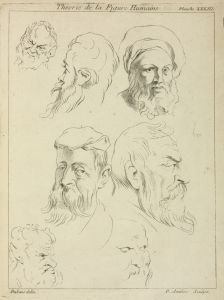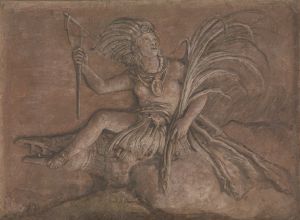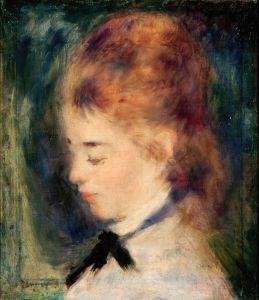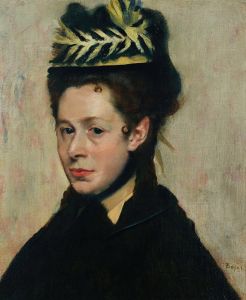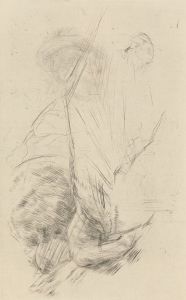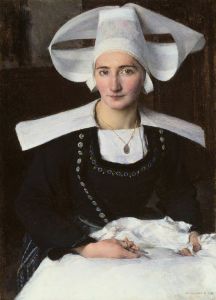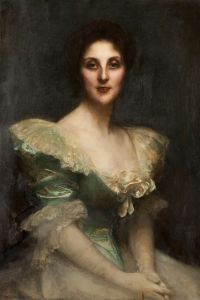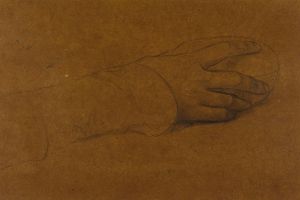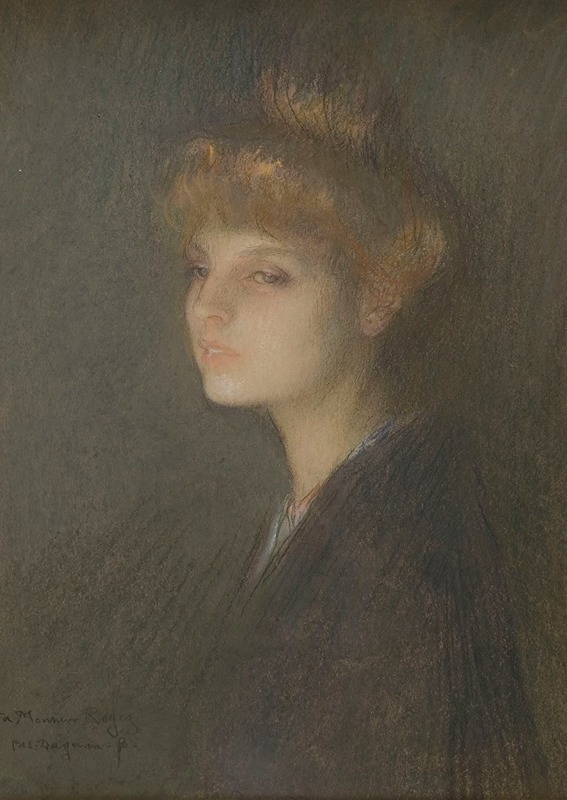
Portrait de femme
A hand-painted replica of Pascal-Adolphe-Jean Dagnan-Bouveret’s masterpiece Portrait de femme, meticulously crafted by professional artists to capture the true essence of the original. Each piece is created with museum-quality canvas and rare mineral pigments, carefully painted by experienced artists with delicate brushstrokes and rich, layered colors to perfectly recreate the texture of the original artwork. Unlike machine-printed reproductions, this hand-painted version brings the painting to life, infused with the artist’s emotions and skill in every stroke. Whether for personal collection or home decoration, it instantly elevates the artistic atmosphere of any space.
Pascal-Adolphe-Jean Dagnan-Bouveret was a prominent French painter known for his realistic and detailed style, which often incorporated elements of both academic and naturalistic traditions. Born on January 7, 1852, in Paris, Dagnan-Bouveret was a student of the École des Beaux-Arts and studied under the tutelage of Jean-Léon Gérôme, a leading figure in academic art. Dagnan-Bouveret's work is characterized by its meticulous attention to detail and its ability to capture the subtleties of human expression and emotion.
"Portrait de femme" is one of Dagnan-Bouveret's notable works, although specific details about this painting, such as its creation date or the identity of the woman depicted, are not widely documented. The painting exemplifies Dagnan-Bouveret's skill in portraiture, showcasing his ability to render the human form with precision and sensitivity. His portraits often reflect a deep understanding of his subjects, capturing not only their physical likeness but also a sense of their inner life.
Dagnan-Bouveret was part of a movement in the late 19th century that sought to bridge the gap between traditional academic art and the emerging naturalist and realist movements. His works often reflect a synthesis of these styles, combining the technical rigor of academic painting with the more personal and immediate qualities of realism. This approach is evident in "Portrait de femme," where the attention to detail and the lifelike representation of the subject are balanced by a sense of intimacy and immediacy.
Throughout his career, Dagnan-Bouveret received numerous accolades and was a regular exhibitor at the Paris Salon, where he gained considerable recognition. His works were celebrated for their technical excellence and emotional depth, and he became one of the leading portraitists of his time. In addition to portraits, Dagnan-Bouveret also painted religious and genre scenes, often infusing them with a similar sense of realism and emotional resonance.
"Portrait de femme" is a testament to Dagnan-Bouveret's mastery of the portrait genre. The painting likely captures the nuances of the subject's personality, as was typical of his work, reflecting his belief in the importance of conveying the character and essence of the individual. His portraits are often noted for their psychological depth, achieved through careful observation and a nuanced use of light and shadow.
Dagnan-Bouveret's influence extended beyond his own work, as he was also a respected teacher and mentor to younger artists. His commitment to realism and his ability to convey the human experience through art left a lasting impact on the art world. He continued to paint and exhibit until his death on July 3, 1929, leaving behind a legacy of works that continue to be studied and admired for their technical skill and emotional insight.
In summary, while specific details about "Portrait de femme" may be limited, the painting is representative of Pascal-Adolphe-Jean Dagnan-Bouveret's broader oeuvre, characterized by its realism, attention to detail, and ability to capture the essence of its subjects. His contributions to the art world remain significant, and his works continue to be appreciated for their beauty and depth.






